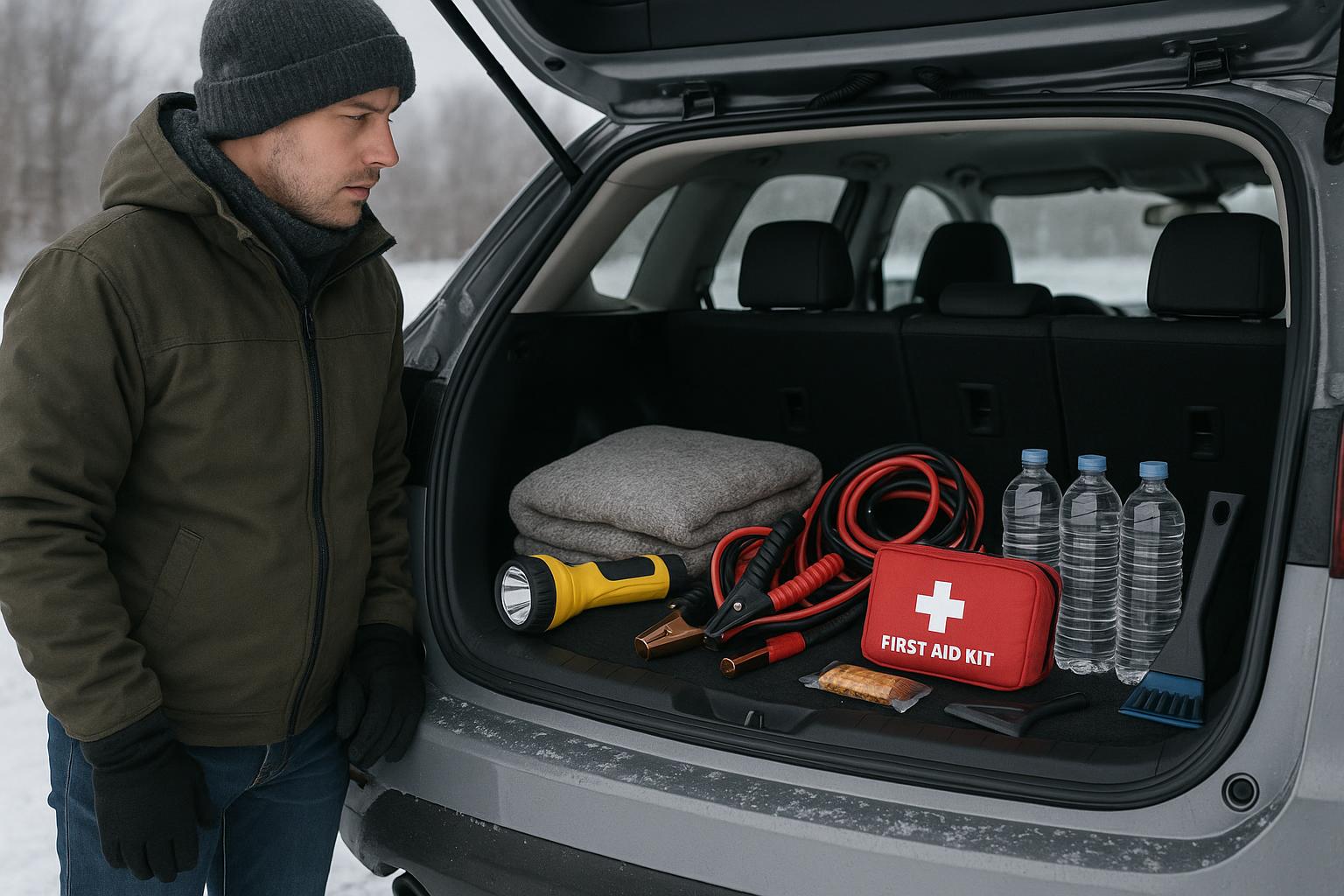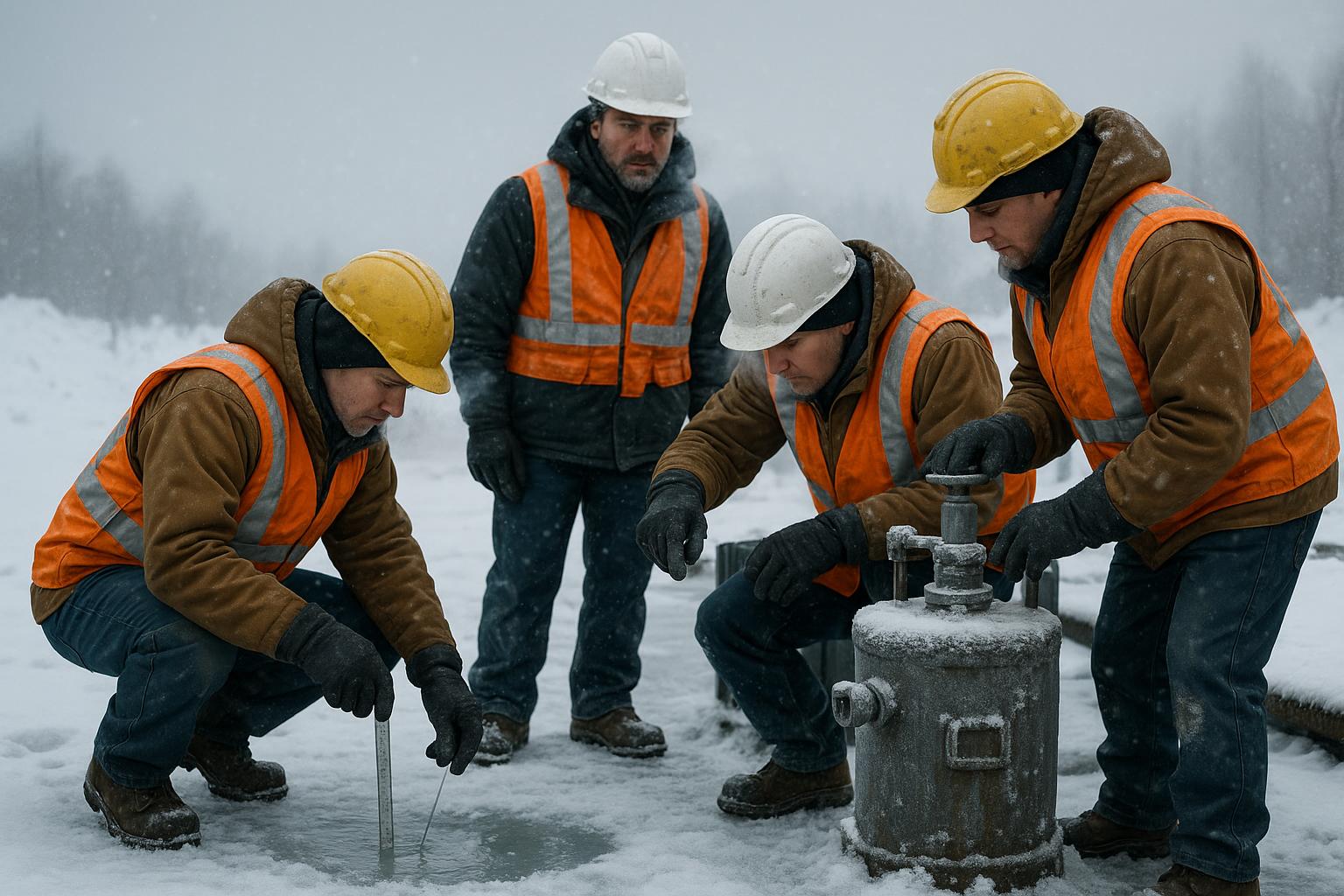Whether you use an air hose once a year or once a day, compressed air should always be used in a safe manner.
The very first step in using compressed air is to ensure that it’s an air line and not a gas or water line. Fittings and valves look different, but sometimes hose lines cross and you can be confused. Take time to make sure you have the correct line each time you use compressed air.
Check it Over
Before use, verify that the air hose is in good condition. An air hose is designed to withstand pressure, but it can become weakened in areas where it is bent, where it is attached to the shut-off valve and the nozzle, and wherever it has been kinked. The weak points may swell like a balloon and burst, which can throw pieces of hose in every direction and cause the hose to thrash about dangerously. To prevent this from happening to your compressed air hose, the following precautions should be followed:
- Keep air hose off the floor, where it is a trip hazard and subject to damage by trucks, doors, and dropped tools.
- Prevent sharp objects – even hose fittings that have been dulled – from rubbing against the hose.
- Always coil the compressed air hose without kinking it and hang it over a broad support. Never hang it over a hook, nail, or angle iron.
Go Low
When you have a choice of pressure while using your air compressor, use the lowest pressure that can do the job. Here are a few reasons why:
- Air pressure in excess of 30 pounds can drive chips, as well as scale from inside the piping, into your face and eyes with the force of shrapnel. It can blow an eye from its socket or rupture an eardrum.
- Compressed air pressure against the skin may penetrate deeply and cause internal hemorrhaging and intense pain.
- Air that enters body openings is capable of rupturing internal organs, which can be fatal.
Standard Safety Procedures
Removing dust or particles from jigs, fixtures, and deep holes in parts:
- Use low pressure (30 psi or less) and the right nozzle.
- Wear cup-type goggles.
- Set up shields to protect passers-by and others working in the area while using air compressor.
Transferring liquids from properly rated pressure vessels:
- Check air pressure.
- Attach the hose connection tightly.
- Remain at the control valve to shut it off in case of an emergency.
- Make sure the bleed-off valve and pressure relief valve work.
- Never use compressed air to transfer flammable liquids.
Do not use compressed air to remove dust from yourself or others. Use a vacuum cleaner or simply brush it off. Dust blown from anything merely rises and settles again, and some of the dust blown into the air can end up in your lungs.
Compressed air can be a valuable tool, but it must be used intelligently and in a safe manner.



